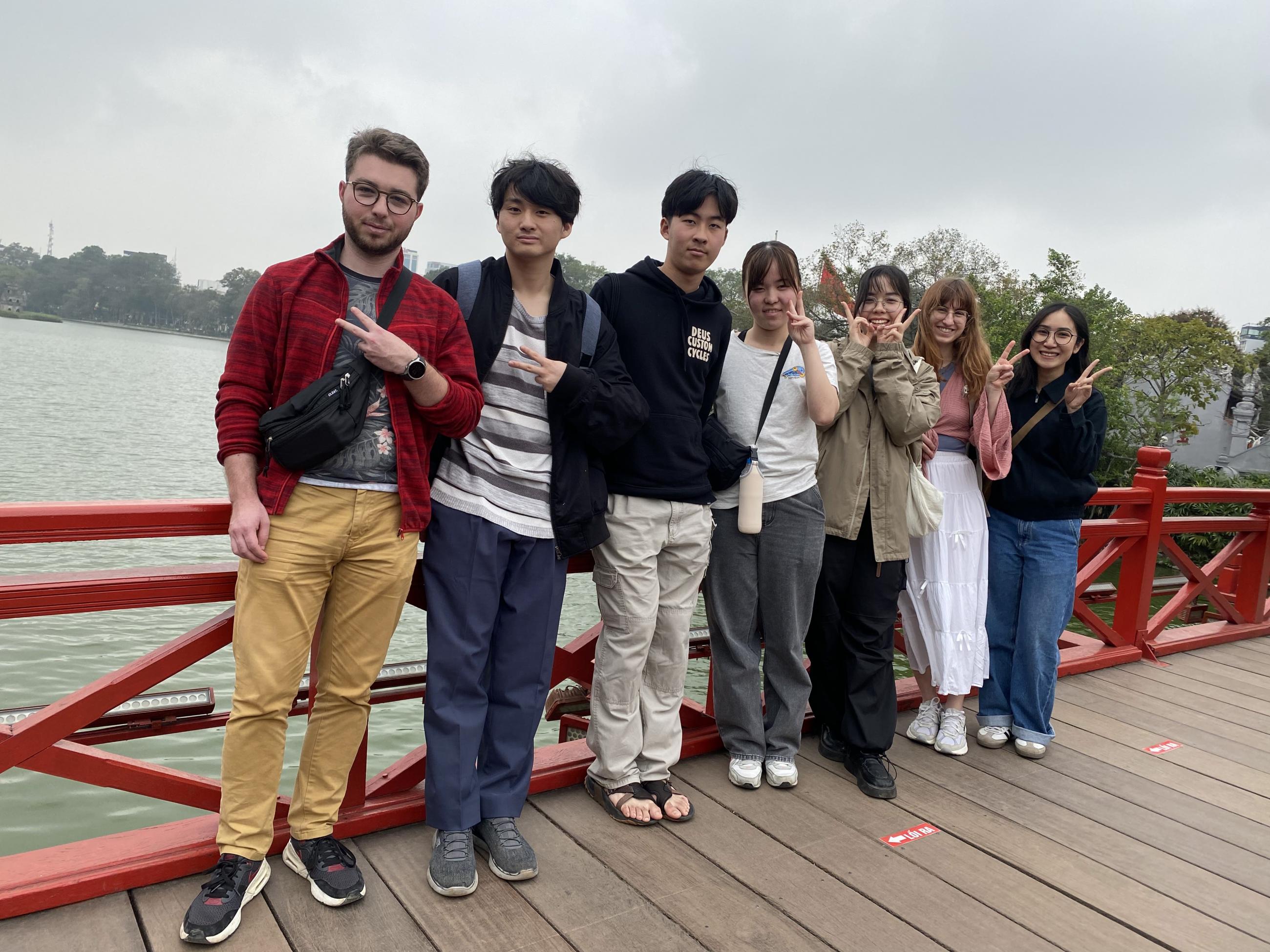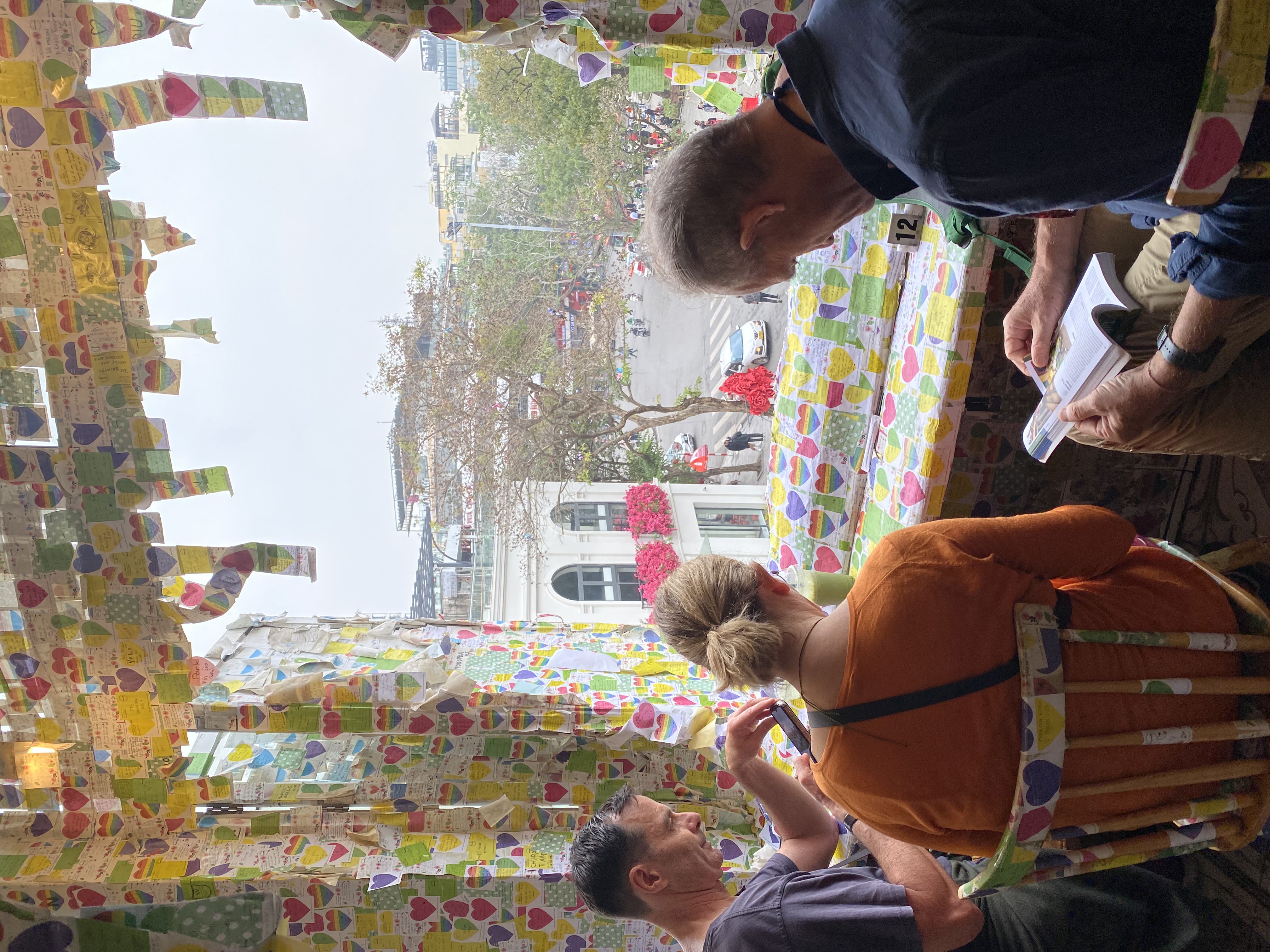A Lesson in Cultural Contexts
Communication is not about who speaks louder or softer, but about who listens and learns better.

First Impressions of Europe
It was my first trip to Europe, especially Estonia under the Labour Project program. Before that, I had met many European friends in Vietnam — people from several countries, such as Germany, France, and Denmark. They were always polite, friendly, and surprisingly similar to Asians in how they communicated. I assumed Europeans were generally warm and careful in their interactions. However, when I finally arrived in Europe and joined a summer camp there, I realized that reality was a bit more complicated.
.jpg) Me with my friends in a summer camp in Estonia
Me with my friends in a summer camp in Estonia
A Moment of Misunderstanding
One evening, during a casual group conversation, I was chatting with a Spanish friend. We talked about how people usually spent their weekends. I told him that I rarely went to bars and that I almost never drank alcohol. He seemed surprised, then laughed and said, “That’s kind of boring! What do you even do in Vietnam? Wake up, eat, and pray all day?”
At that moment, I felt uncomfortable. His tone was light and joking, but his words sounded offensive to me. I felt like he was mocking not only my habits but also my culture — as if life in Vietnam was dull and meaningless compared to the European lifestyle. I remember feeling a sudden distance between us, as if there was an invisible wall built out of misunderstanding.
Realizing Cultural Contexts
But now, I know something I had learned about communication styles: low-context and high-context cultures. Vietnam is a high-context culture, where people communicate with subtlety and care about feelings and relationships. Many European countries, on the other hand, are low-context cultures, where people speak directly and value openness more than sensitivity. Thinking about that helped me realize that my Spanish friend probably didn’t mean to offend me — he was just being straightforward in the way his culture taught him to be.
I realized that his idea of “fun” was simply different. In Vietnam, we have many ways to relax and enjoy life: hanging out at cozy cafés, joining creative or relaxation workshops, attending live music shows, or simply eating street food with friends. All these activities are affordable and accessible, making it easy for us to unwind anytime we want.
 Foreign tourists are experiencing Vietnamese lifestyle
Foreign tourists are experiencing Vietnamese lifestyle
Understanding Adaptation
At that moment, I also realized something else: the foreign friends I had met in Vietnam must have made a great effort to learn and adapt to our culture. They had probably adjusted their tone, learned to be more careful with words, and paid attention to how Vietnamese people communicate. That’s why I had always felt such warmth and closeness when talking with them — because they had been trying to meet me halfway.
A Broader Perspective
That moment became a turning point for me. Instead of feeling offended, I started to see the beauty of difference. I learned to ask questions before making assumptions, and to explain my perspectives calmly when I felt misunderstood. Gradually, I noticed that my foreign friends also began to adjust — they spoke more thoughtfully, while I became more open-minded.
That experience taught me that cultural difference is not about right or wrong — it’s about perspective. I realized that cultural difference is not a barrier but a bridge — if we are willing to walk across it. Understanding context is the key to empathy. After all, communication is not about who speaks louder or softer, but about who listens and learns better.